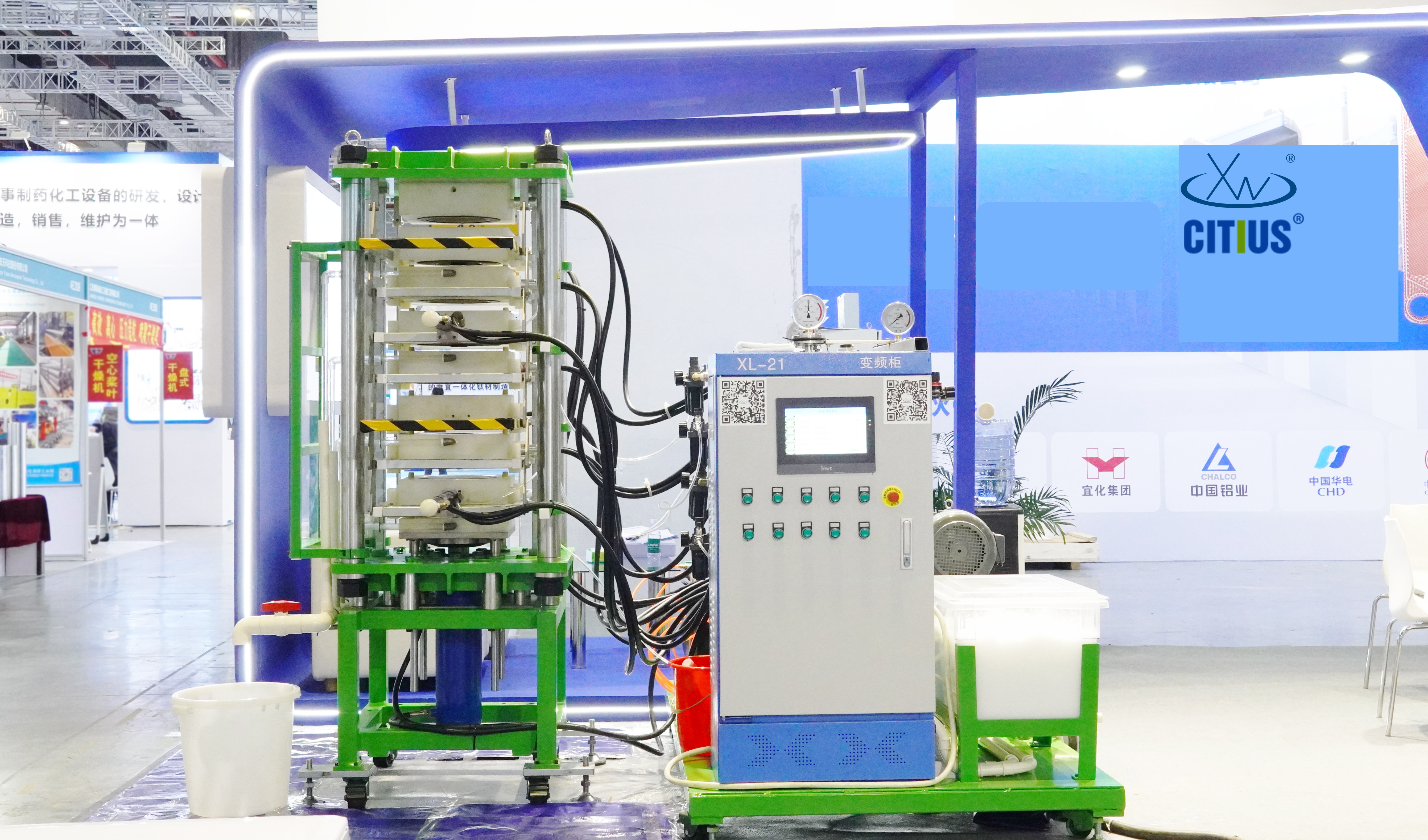Essential Tips for Using a Si₃N₄ Slurry Dewatering Unit
Release time:
2025-07-30
Understanding the Si₃N₄ Slurry Dewatering Unit
So, you’ve decided to dive into the world of Si₃N₄ slurry dewatering units. Kudos! These units are pivotal in the manufacturing process of silicon nitride (Si₃N₄), especially in ceramics and aerospace components. But before you jump in headfirst, let’s take a moment to explore some essential tips and considerations that will ensure you get the most out of your unit.
What is a Si₃N₄ Slurry Dewatering Unit?
At its core, a Si₃N₄ slurry dewatering unit is designed to separate solid materials from liquids. This process is crucial for improving the efficiency of production and minimizing waste. Think of it as a sifter for your slurry: it removes excess water, leaving behind a concentrated mix that can be used for further processing.
The Importance of Proper Maintenance
Here’s the deal: like any piece of machinery, your Si₃N₄ slurry dewatering unit requires regular maintenance. Neglecting this can lead to costly repairs down the road. Make it a habit to check the unit’s filters, seals, and pumps periodically. A stitch in time saves nine, right?
Routine Checks
- Inspect for wear and tear on moving parts.
- Clean filters to ensure optimal flow rates.
- Monitor pressure levels to avoid overworking the unit.
Choosing the Right Conditions
You wouldn’t wear a winter coat in July, would you? Similarly, your Si₃N₄ slurry dewatering unit has its ideal operating conditions. Pay attention to factors like temperature and viscosity of the slurry. Too thick? It might clog your unit. Too thin? You may not achieve the desired separation.
Temperature Control
Maintaining the right temperature is crucial. If the slurry gets too hot, it could lead to evaporation, which alters the slurry’s composition. And trust me, you don’t want that!
Safety First!
Alright, let’s get serious for a moment. Safety should always be at the forefront. Ensure that your team is well-trained on how to operate the Si₃N₄ slurry dewatering unit. Use personal protective equipment (PPE) like gloves and goggles. Remember, an ounce of prevention is worth a pound of cure!
Emergency Protocols
Have emergency protocols in place. Accidents happen, and being prepared can make a world of difference. Conduct regular drills and make sure everyone knows what to do in case something goes awry.
Optimizing Efficiency
Now, let’s talk about efficiency. You want your Si₃N₄ slurry dewatering unit to be a well-oiled machine. Regular adjustments and calibrations can help achieve this. Fine-tuning the flow rates and pressure settings can significantly improve output quality.
Data Monitoring
Utilizing data monitoring tools can provide real-time insights into the unit’s performance. This way, you can make informed decisions and adjustments on the fly.
Final Thoughts
Running a Si₃N₄ slurry dewatering unit isn’t just a walk in the park. It requires knowledge, attention to detail, and a commitment to safety and efficiency. By keeping these considerations in mind, you’ll not only enhance the longevity of your unit but also boost productivity and quality in your operations. So gear up, stay informed, and watch your slurry management soar!
Previous article:

